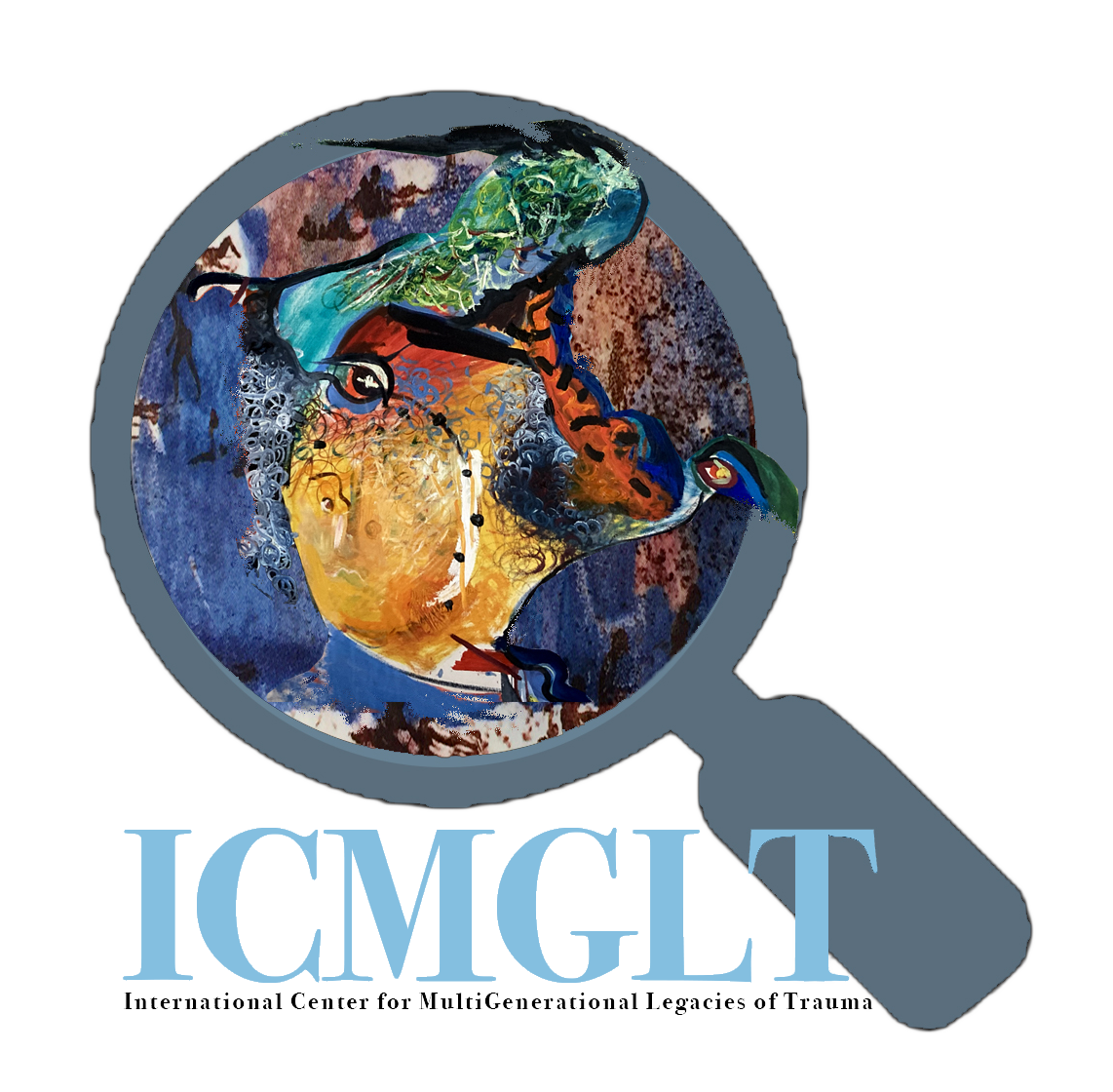Confino, A. (2005). Remembering the Second World War, 1945–1965: Narratives of victimhood and genocide. Cultural Analysis, 4, 46–75. The Handbook of Psychoanalytic Holocaust Studies (p. 141).
Abstract
In many respects, ours is an era of memory and repentance. The great convulsion that was the Second World War is often at the center of such memories, although it is not the only historical focus. If ours is the age of apology, then the first half of the century in Europe was a time when self-proclaimed civilized societies justified or tolerated terrible experiments in social engineering in the name of ideologies. Consequently, the greatest danger in attempting to understand post Second World War memory is a cultural anachronism: the attempt to impose present-day moral expectations of what should have been remembered on what actually had been remembered. The question to ask is how, in the wake of such carnage, did Europeans’ “inaccurate” memories help them interpret their post-1945 world? I would like to reflect on this topic, focusing on the score of years after 1945, by discussing two postwar memories: the notion of victimhood as well as the ways in which Europeans remembered the Jews after 1945, even while keeping silent about the genocide. ********** In many respects, ours is an era of memory and repentance. The great convulsion that was the Second World War is often at the center of such memories, although it is not the only historical focus. Apologies for the persecution of the Jews were heard from the Evangelical Lutheran Church in America (in 1994), the Vatican’s half-hearted “We Remember” (in 1994), and the French bishops’ “Declaration of Repentance” (in 1997). “Truth commissions” were established to investigate past regimes and crimes in democratizing Latin America, Eastern Europe, and South Africa. The United States government apologized to Japanese-Americans interned in the war, while the debate continues as to whether former slaves are owed reparations as well as an apology. The philosophical, moral, financial, and judicial aspects of reparations are a measure of our “age of apology” (Torpey 2001; Brooks 1999, 311; Ogletree 2002). If ours is the age of apology, then the first half of the century in Europe was the age of murderous utopias to perfect society. It was a time when self-proclaimed civilized societies justified or tolerated terrible experiments in social engineering in the name of ideologies. Consequently, the greatest danger in attempting to understand post Second World War memory is a cultural anachronism: the attempt to impose present-day moral expectations of what should have been remembered on what actually had been remembered. The question to ask is how, in the wake of such carnage, did Europeans’ “inaccurate” memories help them interpret their post-1945 world? I would like to reflect on this topic, focusing on the score of years after 1945, by discussing two postwar memories: the notion of victimhood as well as the ways in which Europeans remembered the Jews after 1945, even while keeping silent about the genocide. I use in this paper the notion of memory as a set of representations of the past that are constructed by a given social group (be it a nation, a class, a family, a religious community, or other) through a process of invention, appropriation, and selection, and that have bearings on relationships of power within society. I am aware that this is a broad and admittedly somewhat vague definition, but it suffices for the purpose of this essay, namely articulating general trends in postwar remembrance of victimhood and Genocide. A discussion of the theoretical and methodological implications of the notion of memory belongs elsewhere (Confino 1997; Confino 2004). I A heroic memory of the Second World War in the two decades after 1945 is familiar: the Great Patriotic War in Russia, the epic Battle of Britain, the resistance movements in France and Italy, the valiant saving of Danish Jews, and America’s moral crusade that received a historical legitimacy in the Holocaust Memorial Museum in Washington (Tumarkin 1994; Garrard and Garrard 1992).

